How a Seventeen Year Old Reimagined Dialysis and Redefined What Innovation Means
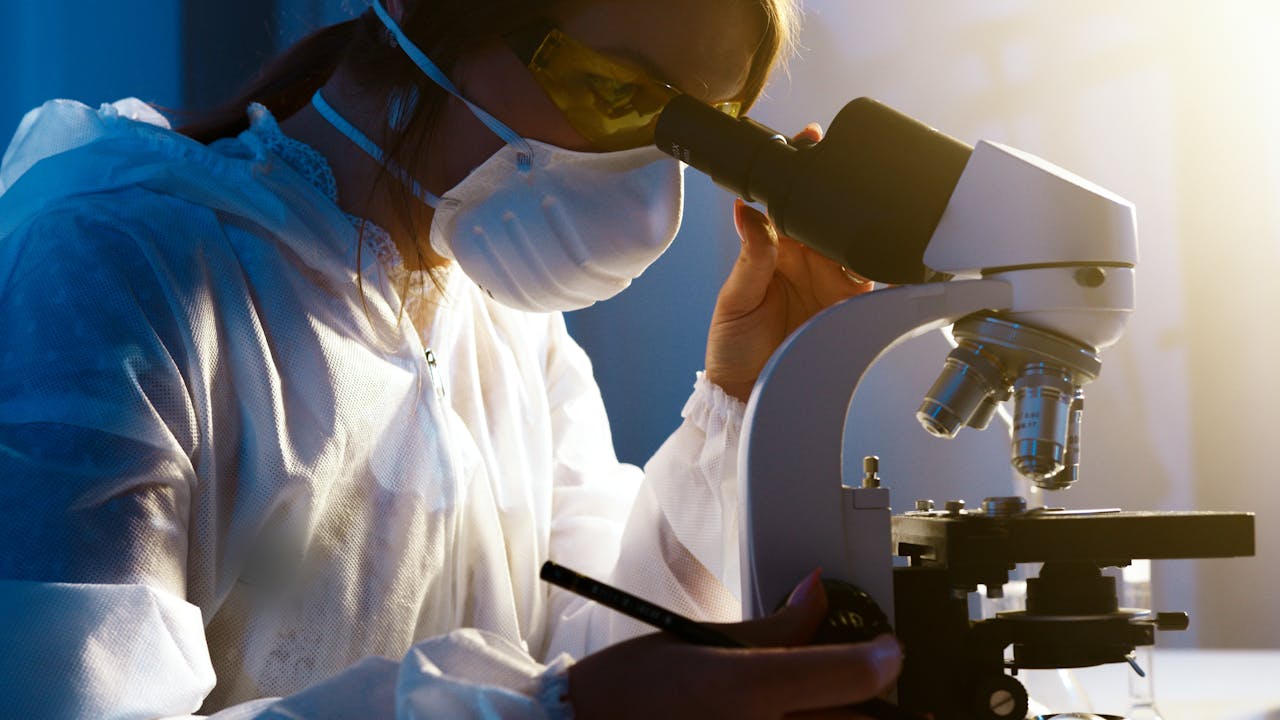
Imagine being seventeen years old in a world that tells you to wait until you have a degree, wait until you are qualified, wait until you are older. Most teenagers listen and spend their nights buried in textbooks, chasing grades and deadlines that soon fade from memory.
Anya Pogharian did not wait. While her classmates were preparing for exams, she was preparing for something bigger. She was not memorizing formulas for a grade but creating her own formula where compassion plus creativity could equal survival for millions.

Her work was never just about finishing a school project. It was about beginning a new conversation in healthcare. And what she reminds us is powerful. The most important breakthroughs in our world do not always come from institutions with billions in funding. They are born in the hearts of those who are willing to see with empathy and act with courage.
A Spark in the Quiet Corners of a Hospital
Anya Pogharian did not stumble on her idea by chance. Her journey began in the quiet corners of a hospital dialysis unit, where she volunteered her time and witnessed the reality that statistics rarely capture. She saw patients tied to machines for hours at a stretch, their lives dictated by strict schedules that drained not only their bodies but their spirits. The long treatments isolated them from family and community, reducing precious time that could have been spent living rather than waiting. Watching this unfold, Anya carried home more than volunteer experience. She carried a question that would not leave her alone. Could this process be made less heavy, less limiting, more humane?
Driven by that question, she approached the challenge not as an assignment to complete but as a problem she could not turn away from. Her classmates measured their efforts by the ten hours required, but Anya measured hers by possibility. She spent late nights and long weekends buried in dialysis machine manuals, piecing together how every part worked and where there might be room to change. For her, the hospital became more than a place of service. It became a classroom alive with lessons that no textbook could provide. In those hours she began to see not only how the machines operated but also how deeply the system had resisted change.
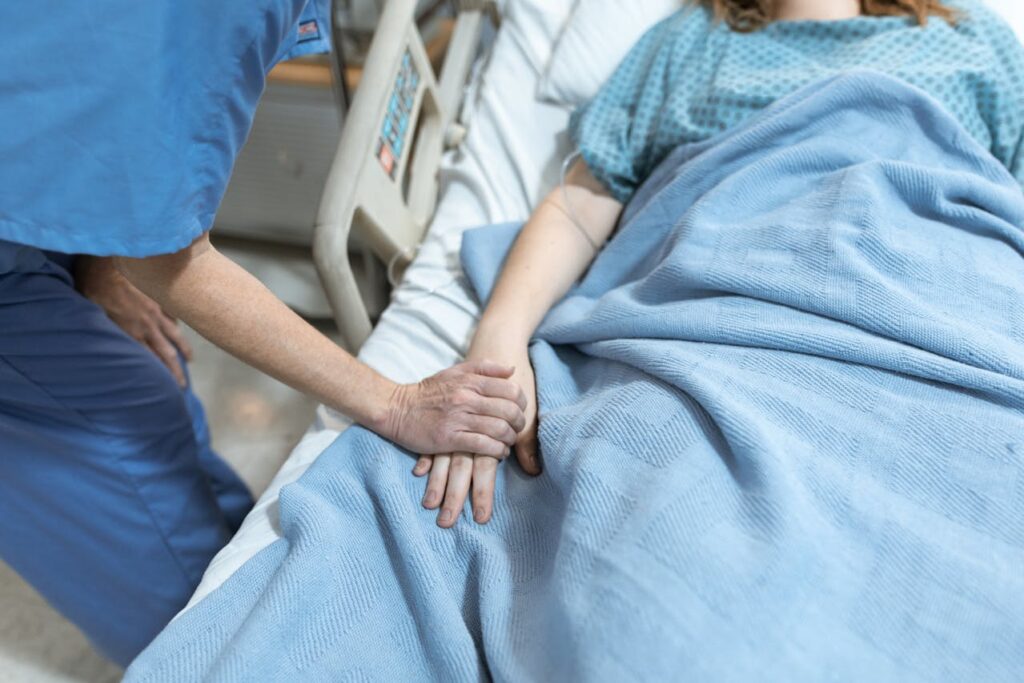
Her teachers quickly realized she was not pursuing a standard high school project. While most experiments could be tucked into a folder at the end of term, Anya was laying the groundwork for something that demanded hundreds of hours of research and design. What set her apart was not only the scale of her effort but the conviction behind it. She could not accept that people with kidney failure should be bound to a process that stole so much of their energy and time. Out of compassion and observation, she lit a fire that would guide her into building a prototype that promised a different future.
Turning Vision into Creation
Observation gave Anya a reason to act, but design demanded a different kind of courage. She had to move from empathy into engineering, from seeing the problem to daring to solve it. With no corporate budget or team of specialists, she leaned on persistence and imagination. She began by immersing herself in technical manuals, not to mimic existing machines but to understand their secrets. Each component was studied with a simple question in mind: is this necessary, or is it here because no one thought to remove it?
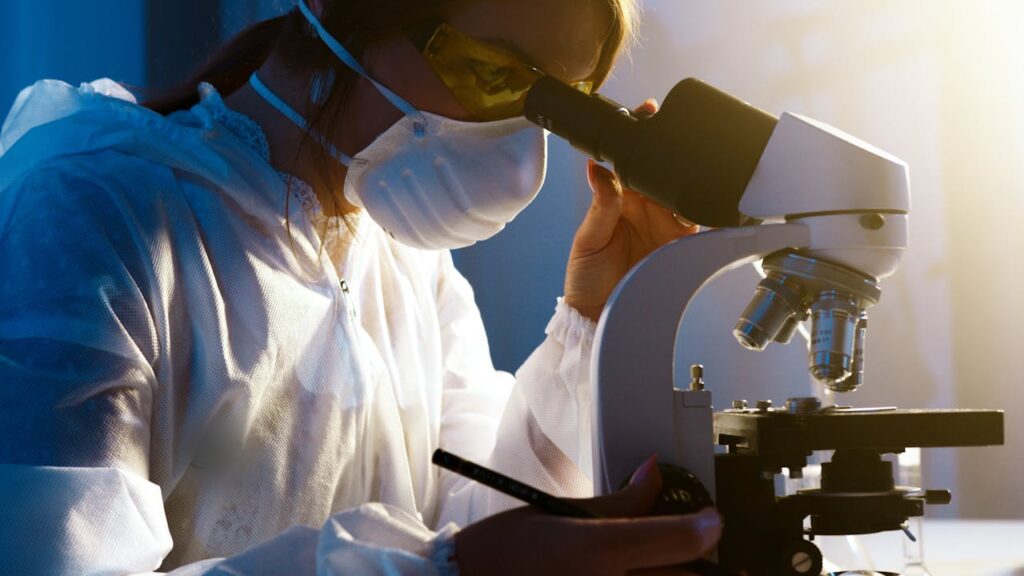
Her creativity showed in the way she approached resources. Rather than rely on costly specialized equipment, she searched for accessible alternatives that still preserved medical integrity. She took the principles of fluid dynamics and filtration and taught herself how to apply them in circuits and tubing that she could actually build. What she created was not the product of trial and error. It was the result of careful problem solving guided by science and anchored in the belief that complexity did not have to mean inaccessibility.
The true breakthrough came when she realized that hospital machines carried functions designed for every possible scenario, yet many patients did not need all of them. By stripping away what was not essential, she uncovered a path to something lighter, smaller, and far more affordable. Her prototype, tested with real human blood, proved that quality could coexist with simplicity. In that moment, she showed that invention is not always about adding more. Sometimes it is about the wisdom to take away, to reduce, to refine until what remains is both effective and attainable.
From Classroom to Global Stage
Anya’s idea did not remain in the walls of her school for long. What began as a science project grew into a story that crossed borders, finding its way into newspapers, television, and digital platforms around the world. Suddenly she was no longer just a teenager experimenting in her free time. She was being introduced as a young innovator who had challenged the belief that groundbreaking solutions can only come from large institutions or seasoned experts.
The attention did more than celebrate her achievement. It opened doors. Researchers and health professionals began reaching out, not simply to applaud her effort but to ask how this prototype could evolve, how it might be developed into a device capable of serving real patients. With every new conversation she was drawn deeper into the professional dialogue of medicine and engineering, where ideas are tested not only for their promise but also for their practicality.
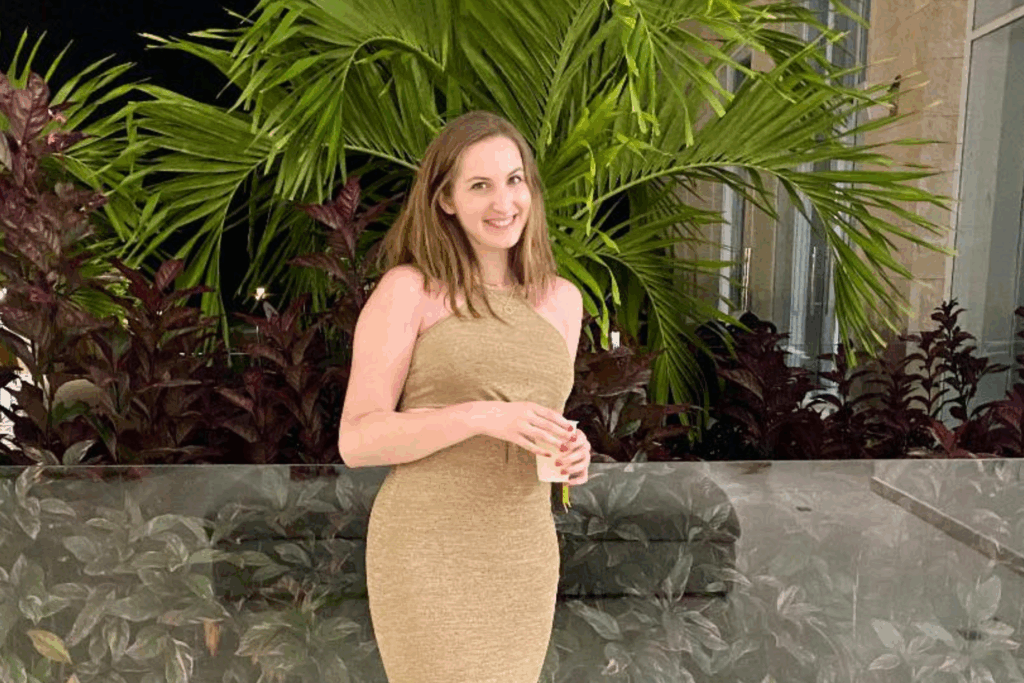
This recognition carried her beyond the classroom and into rooms where decisions about healthcare are made. Invitations to present her findings placed her on the same stage as scientists and policy makers who had spent decades in the field. She had to learn quickly how to translate her technical process into a language that connected with experts and non experts alike. The feedback she received did not diminish her vision but sharpened it, helping her see how affordable solutions could find a place in healthcare systems that often resist change.
The turning point came with her placement at Héma Québec. In a professional laboratory she stepped into an environment where every result is measured against rigorous standards. For someone still in high school, the opportunity to operate in such a space marked a profound shift. Her work was no longer a promising idea confined to notebooks and prototypes. It was being taken seriously in the medical community, treated as the foundation of something that could one day save lives.
Why It Matters to All of Us
Dialysis is not simply a procedure performed in hospitals. For people living with kidney failure it is the thin line between life and death, and yet that line is stretched and frayed by obstacles that extend far beyond medicine. In countries with advanced healthcare systems, dialysis units may be common, but patients still carry the weight of long commutes and the financial pressure of treatment that repeats several times each week. In countries with fewer resources the challenge is even starker. Entire regions exist without functioning dialysis centers, forcing patients either to travel impossible distances or to go without care altogether.
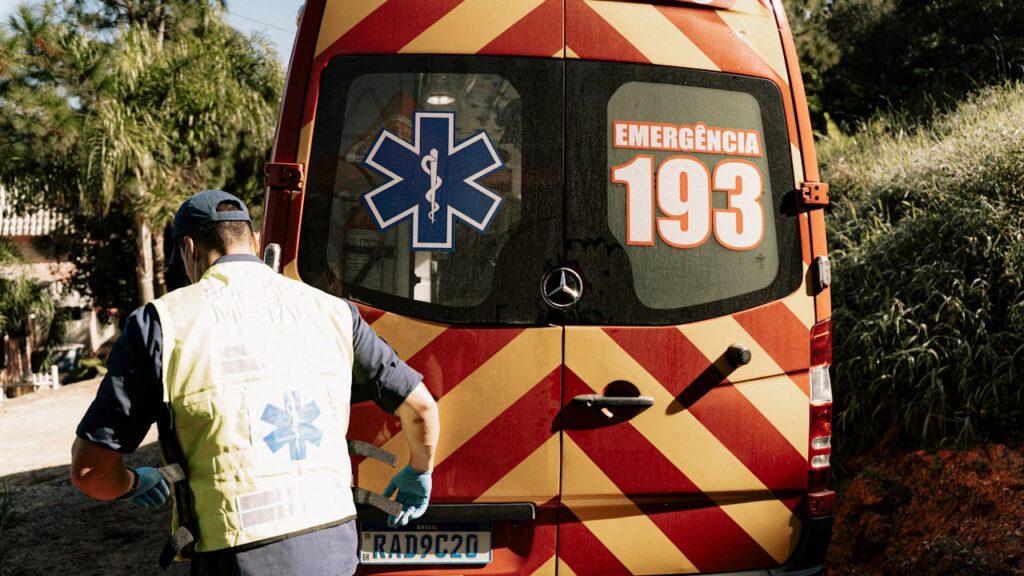
Global health data paints a sobering picture. The World Health Organization has noted a steady rise in kidney disease worldwide, with access to treatment distributed unevenly. The price of machines and supplies often determines who lives and who does not. In such conditions dialysis becomes less a right and more a privilege, accessible only to those with means. This imbalance is where Anya’s work speaks the loudest. Her prototype demonstrates that life saving treatment does not always demand multimillion dollar budgets. With creativity and determination, essential care can be redesigned to be both affordable and effective.
The implications extend beyond dialysis itself. By showing that treatment can be portable and faster, Anya points toward a future where healthcare bends toward the needs of patients rather than forcing patients to bend their lives around rigid systems. Imagine a model where people can manage their care closer to home, in smaller community clinics, or even in personal spaces. Such a shift would not only relieve overburdened hospitals but also restore a sense of agency to patients whose time and freedom have been stripped away.
The significance lies not only in the machine but in the ripple effect it represents. Lowering the cost of one device challenges us to reconsider how we allocate resources, what innovations we choose to fund, and how compassion can guide progress in science and medicine. Anya’s invention matters because it opens a new door, one that leads to healthcare defined not by exclusivity but by equity. It reminds us that the true measure of innovation is not the price tag attached to it but the lives it has the power to touch.
Beyond the Prototype
Anya Pogharian’s journey began with a question inside a hospital and grew into a vision that could reshape access to life saving care. What makes her story remarkable is not only the prototype she built but the principle it represents. Innovation does not wait for permission, and compassion can be as powerful a driver of change as technology itself.

Her dialysis machine may still face the long road of testing and approval, but its existence already proves something essential. A teenager with determination and empathy can look at a system that has resisted change for decades and reveal that another way is possible. That truth alone carries power far beyond medicine. It is a reminder that progress is born when someone dares to believe that solutions can be simpler, fairer, and within reach.
Featured Image from Anya Pogharian on Facebook
Loading...

